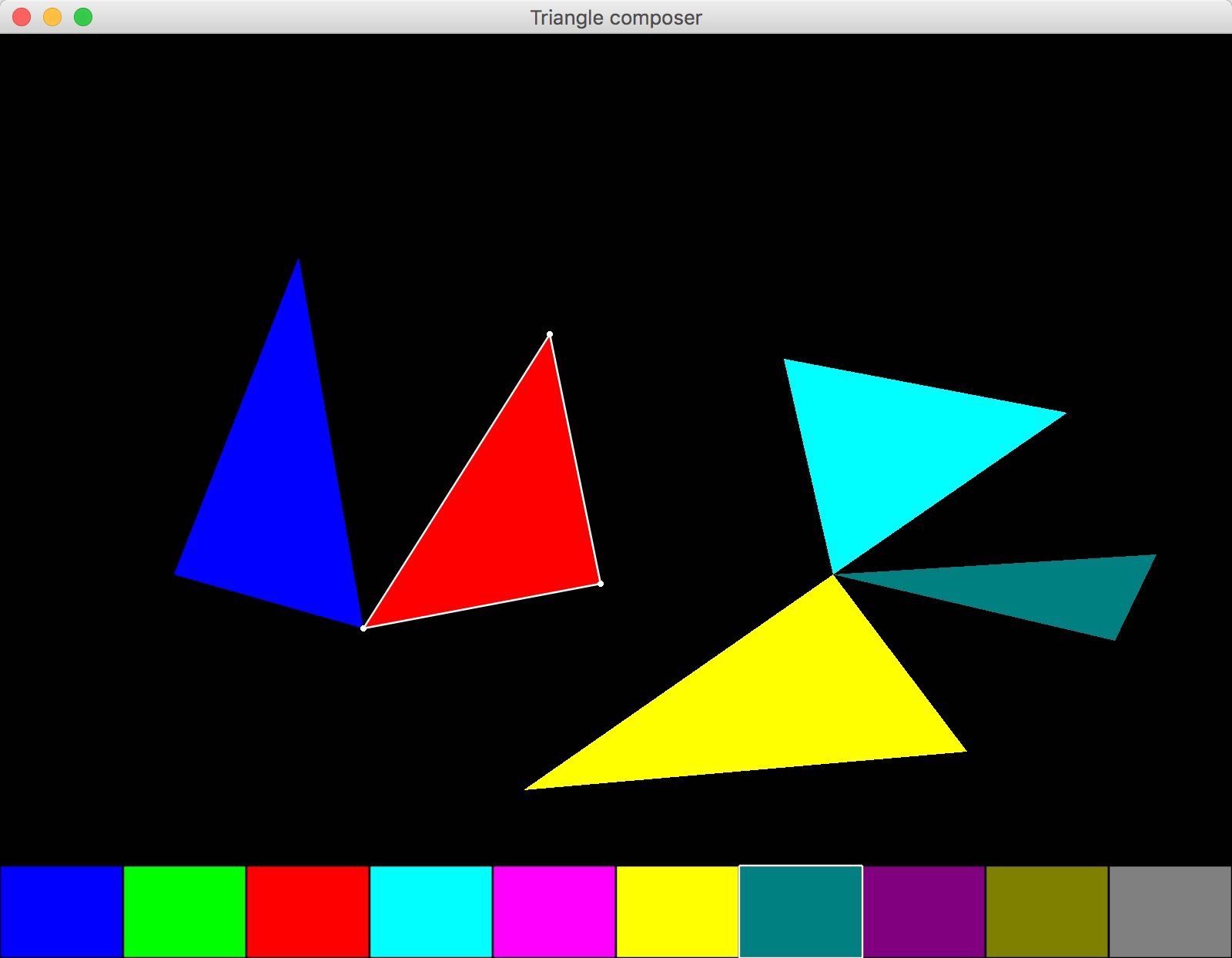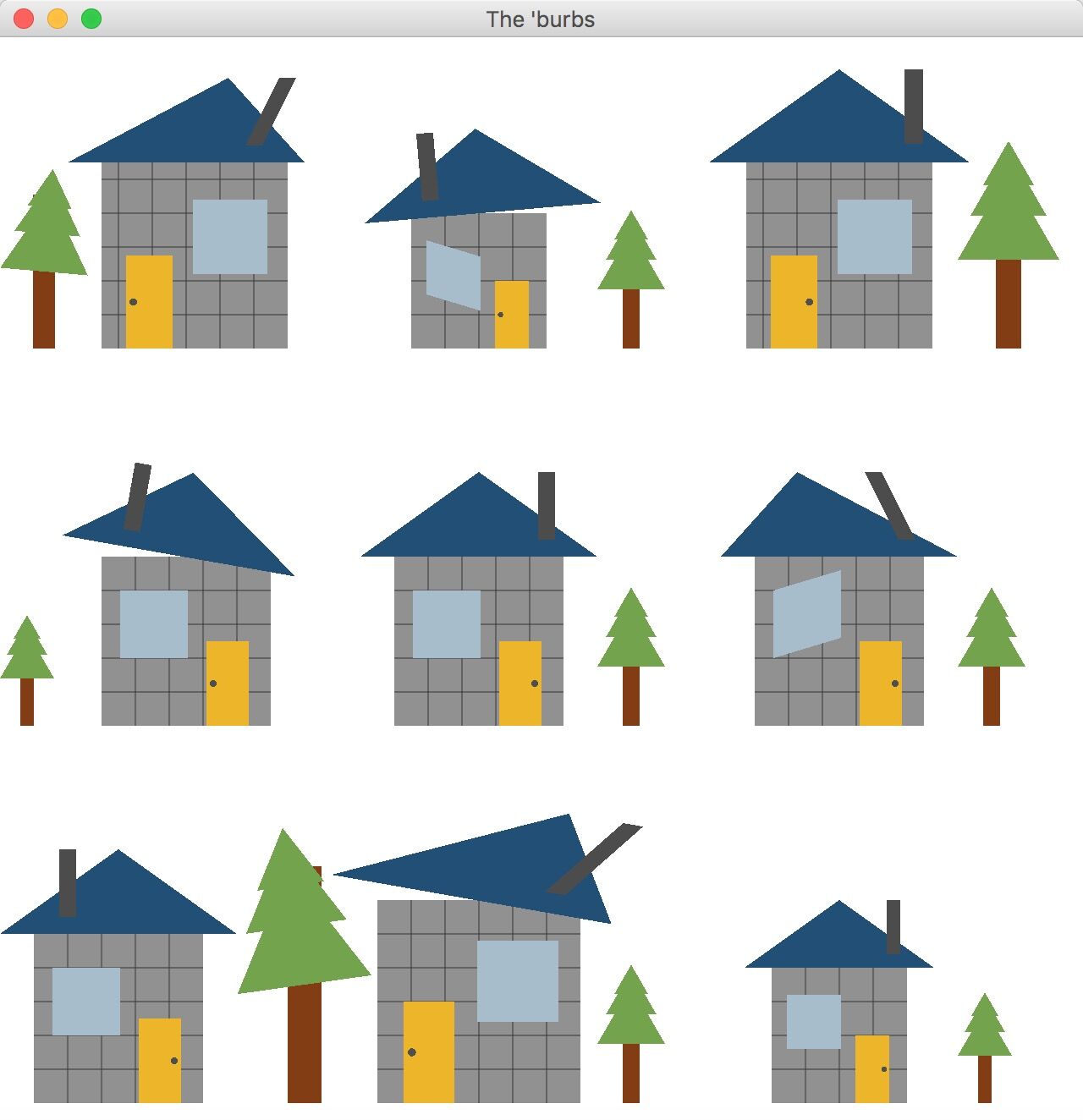Assignment
Design a Java or C program that performs stroke-based rendering of an image, i.e. it “paints” a picture based on an input image. The inspiration for the coursework comes from this conference paper but I have simplified the goals for you.
The program takes two inputs: a colour PPM format image to be copied in a painterly way, and a PGM image mask of the brush stroke (black = brush, white = background, i.e. non-brush).
You can assume that the brush stroke is aligned horizontally (i.e. width of stroke is > height of stroke). The main output is a PPM image – the “painted version” of the input.
The program applies the brush at different scales and orientations to the image, based on the input image’s edge magnitude and orientation. Edge magnitude and orientation should be calculated by:
- converting the colour image to graylevel
- blurring theimage
- applying the Sobel edge
The input brush is copied:
- to create various versions at S = 5 different sizes, scaled by factors 1/S,2/S,… S/S=1; just use the simplest samplingscheme
- eachof the scaled brushes is rotated around the centre of the image by regular
increments through 360° degrees to generate A = 16 orientations.
Now start painting. The basic process is:
- start with an empty canvas (i.e. a black outputimage)
- apply strokes to this canvas in a coarse to fine (i.e. large to small) brushorder
- foreach brush size randomly generate N positions for the strokes in the image, where N = P/D, P = number of pixels in image, D = density; apply the brush at each position if
- itis the right size; the size should be inversely related to edge magnitude, e. use
the smallest brush at the strongest edges, and the largest brush at the weakest edges
- applying the brush improves the canvas; i.e. adding that brush stroke makesthe
canvas more similar to the input image; measure dissimilarity as the summed absolute difference in RGB values of all corresponding pixels in the input and output images.
To make a brush stroke:
- get the brush at the correction orientation (i.e. closest to the edge orientation at that point in theimage)
- computethe mean RGB (red, green, blue) values in the input image at the pixels
specified by the brush stroke mask
- copythe mean RGB values into the canvas at the pixels specified by the brush stroke mask.
In addition to the final rendered version of the image generate the following intermediate output images:
- the magnitude and orientation computed by the Sobel edge detector (filenames:
magnitude.pgm, orientation.pgm)
- the full set of rotated and scaled brushes (file names: brush-s-a, where s is the size index and a is the orientationindex)
- thestrokes that make up the final rendered output, but rendered in separate images for
each brush size (file names: intermediate-0.pgm, intermediate-1.pgm, . . . intermediate- 4.pgm)
In order to gain higher marks you need to add one novel extension or additional feature (such as those suggested here):
- consider different strategies for determining the placement ofstrokes
- use a weighted brush that applies semi-transparentstrokes
- deal with unpainted areas of thecanvas
Your program should be able to run in the School’s labs.
Please note: You should write all the code yourself, and not use third-party libraries.
Learning Outcomes Assessed
- Understand the technical details of a range of techniques for image
Criteria for assessment
Credit will be awarded against the following criteria.
- 20% -For implementation of colour to gray conversion, image blurring and computation of Sobel edge
- 20% -For generation of rotated and scaled
- 40% -For synthesis of brush strokes in the canvas at the appropriate location, scale and orientation, and with the appropriate
- 20% -For the design and incorporation of other features beyond the basiccoursework specification.
成品展示:


论文参考复现地址:https://www.mrl.nyu.edu/publications/painterly-relaxation/relax-cgi2001.pdf
